Do you love challenges and problem solving?
In biomedical engineering, you could literally save lives and make life better for people.
 Photo by Gabriel Bassino on Unsplash
Photo by Gabriel Bassino on UnsplashCheck Your Interests!
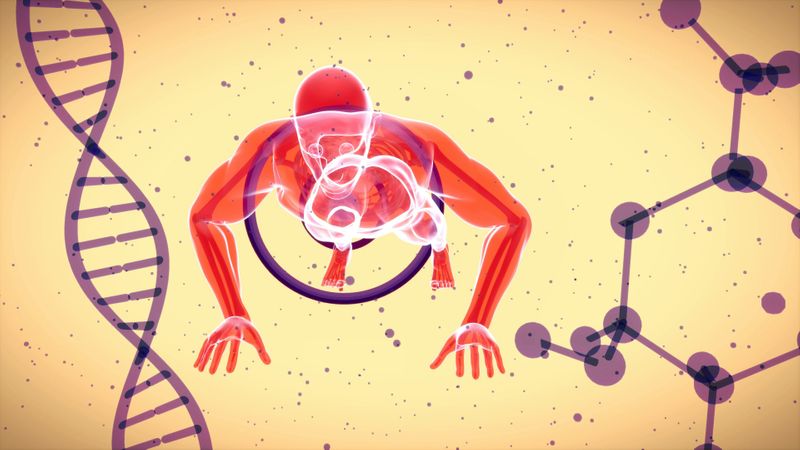 Photo by julien Tromeur on Unsplash
Photo by julien Tromeur on UnsplashUnlike other engineering fields, biomedical engineering is still young, fast-growing, and ever-changing. It’s also highly multidisciplinary. You’ll be learning across biology, medicine, and engineering all at once.

Think of it this way: some days you’ll wear the hat of a doctor, other days a lab researcher, and sometimes an engineer. 👩⚕️🔬⚙️

That’s because biomedical engineering is so broad. Your work could lead to very different career paths depending on you. You may decide to focus on hospital-based clinical engineering, move into biotech startups, or dive deep into research or regulation.
It’s not easy… but that challenge is exactly what makes it so exciting!
Here's a quick self-check:
Do you enjoy biology + medicine?
Do you like physics?
Do you like math?
Do you like tech and innovation?
If you’re excited about all these areas, biomedical engineering could be your perfect match!
Look at What BMEs Do
Design medical devices (prosthetics, implants, diagnostic tools)
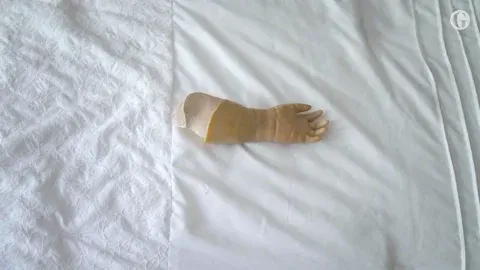
Improve medical imaging (MRI, ultrasound, X-ray)
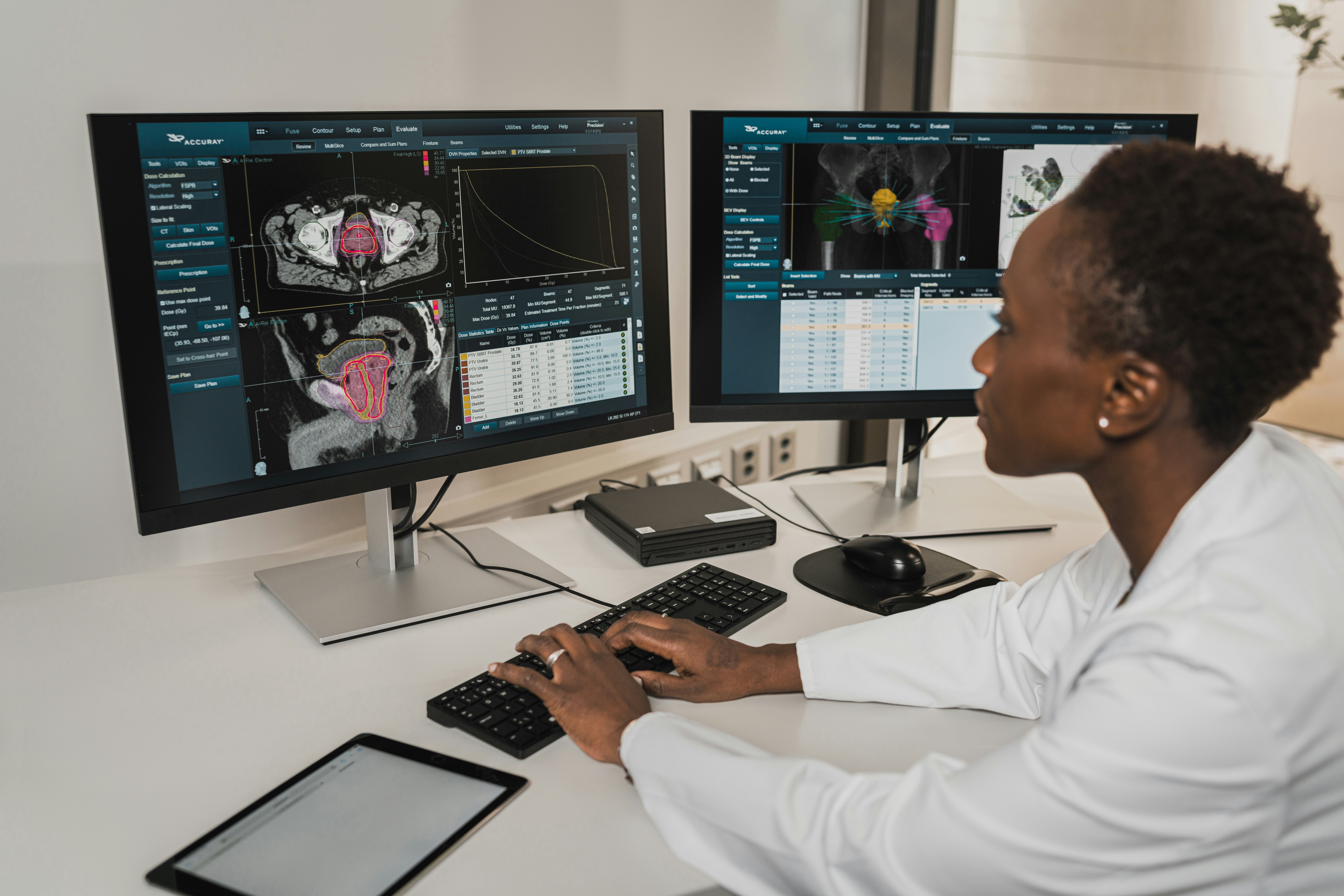 Photo by Accuray on Unsplash
Photo by Accuray on UnsplashWork on tissue engineering & biomaterials (3D printing organs, implants)
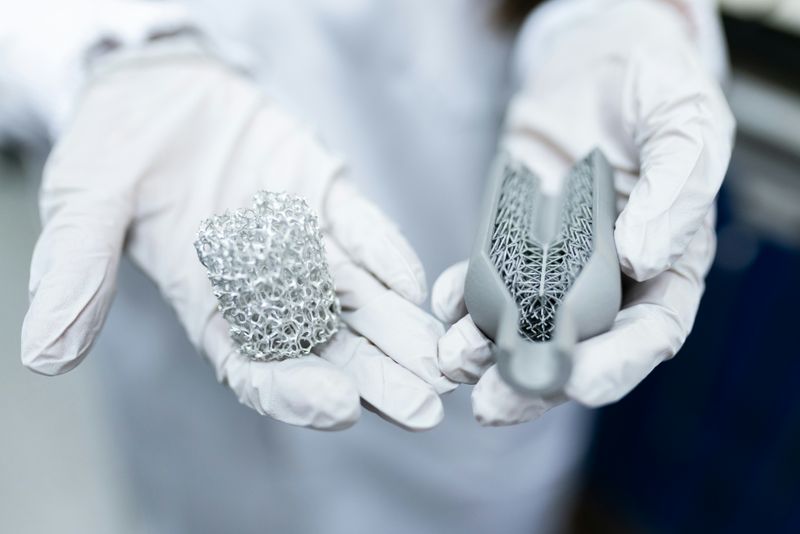 Photo by ThisisEngineering on Unsplash
Photo by ThisisEngineering on Unsplash
Contribute to rehab technology (lbionics, exoskeletons)
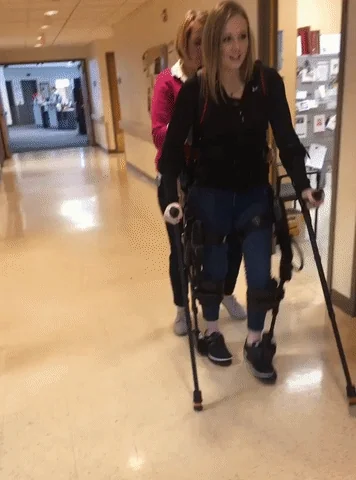
Quiz
Which of the following are responsibilities a biomedical engineer might have?
How to Prepare
 Photo by Vitaly Gariev on Unsplash
Photo by Vitaly Gariev on UnsplashTake high school courses in biology, physics, chemistry, and math (especially calculus).
Explore programming languages like C++ or Python, which are commonly used in engineering projects.
Stay curious about healthcare technology by listening to podcasts, TED talks, science news.
How to Succeed in the Program
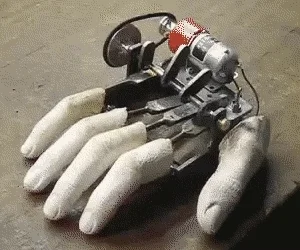
Hands-on learning: Expect courses in biomechanics, medical imaging, biomaterials, and bioinstrumentation, plus labs and projects. You’ll get practical experience with blood tests, ECGs, EEGs, and more.
Teamwork matters: Many projects require collaboration. Building medical devices is never a solo job. In the field, you’ll work with doctors, physiotherapists, and other medical experts, so communication is key.
Ask and share: Discuss ideas with classmates and instructors. Sharing insights helps everyone, especially when you’re stuck on the same problem.

Stay updated: Biomedical engineering is always evolving. Use recent research (within the last 3 - 5 years) and follow new innovations to keep your work current.
Consider Study Options
There are several ways to shape your study path in biomedical engineering:
Major in biomedical engineering: The standard route, blending engineering, biology, math, and tech.
Combined or interdisciplinary programs: You can take another engineering discipline as your major (e.g., mechanical or computer engineering) and minor in biomedical engineering to gain specialized knowledge while keeping a broader engineering focus.
Graduate options: You can pursue a master’s in biomedical engineering after graduation.Most programs accept students with an engineering or science background, even if undergrad wasn’t in biomedical engineering.

Think About Career Paths
Your future is in your hands. Depending on your interests, you could become a clinical engineer, medical device designer, biomechanics specialist, or regulatory affairs expert. With so many paths to explore, you have the opportunity to shape a career that’s as unique and dynamic as you are.
These could be your future:

Research & development in hospitals, labs, or startups.
Medical device and biotech companies.
Regulatory and quality assurance e.g. device approvals.
Further studies to specialize or do cutting-edge research.
Take Action
Before you make the decision, do some more research.

Your feedback matters to us.
This Byte helped me better understand the topic.
